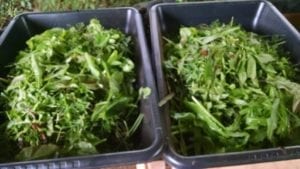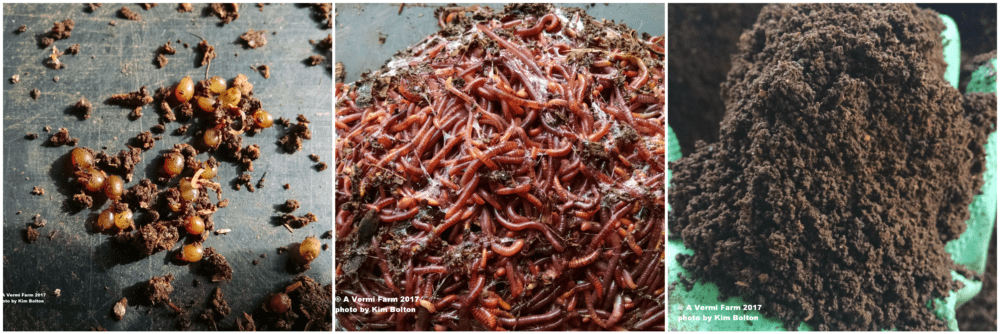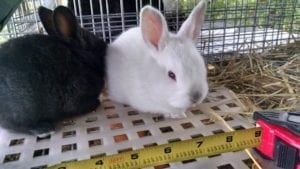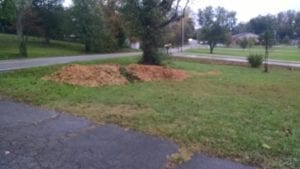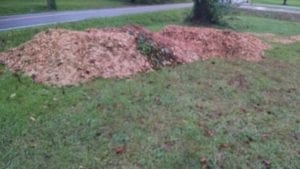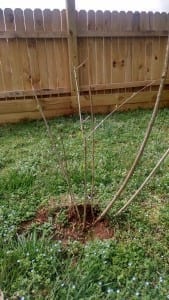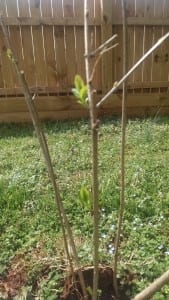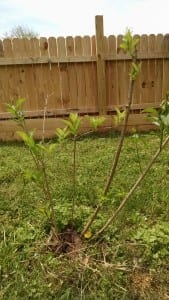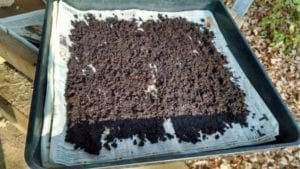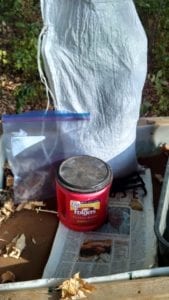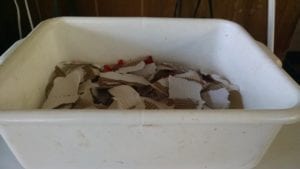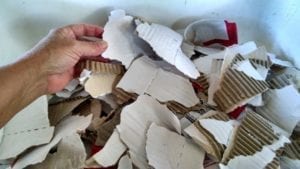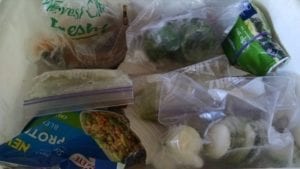If you are interested in vermicomposting I am here to tell you that YOU don’t have to have the fanciest or the most expensive system just to compost your kitchen scraps.
When I started out all I used was a 10 gallon rubbermaid tote.
Just like this one 
You can even use a 5 gallon bucket 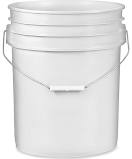
I set one of these up every spring just to show people you can use a non-drilled bucket, just leave the top off and don’t put any extra wet materials in it. When bucket gets close to being a third full, setup a new bucket with food and bedding and scoop the top third out and place in the new bucket. Voila! Castings for your plants that you created!
Once you get the hang of it then you can advance to something bigger and I recommend the VermBin series of plans (you can order your own set on my Home Page). These are continuous flow through bins (CFT’s). Add food and bedding to the top and harvest worm free castings from the bottom.
Pictured here is the VB24 (red one) and the VB48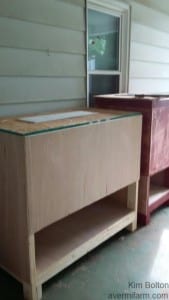
The VB24 is the perfect size for a small family up to 4 people. It has a small footprint of only 2 feet by 2 feet.
If there are more than 4 people in your household then I would recommend the VB48 (2 feet by 4 feet).
Each of these bins can sit outside as long as they are in a semi protected area. I keep mine on my porch. A garage, carport or even a basement is a good location for these.
Are you a small farm? Horses, pigs, alpacas, cows and rabbits produce some great material (poop) to cycle through a bigger type system. Unless you just have a few animals. NO dog, cat or human feces allowed!!
You can build a cinder block bed to process lots of material similar to these.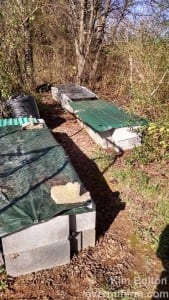
I have even converted 55 gallon food grade barrels into worm bins.
You can build a frame around them like this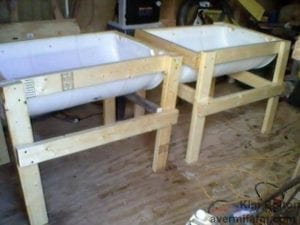
Or even build a X -frame to hold them like this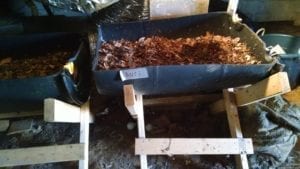
No matter what system you decide to start with I will help you get started. All you have to do is have the desire to recycle, reduce and reuse. Together we can all do our part to limit what goes in the landfills. The one thing humans cannot create is more land!! We all need to do our part to help our planet.
